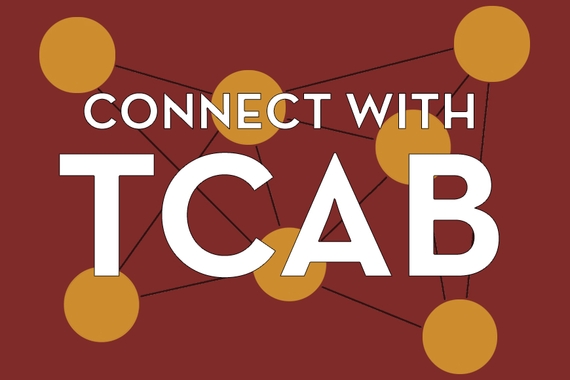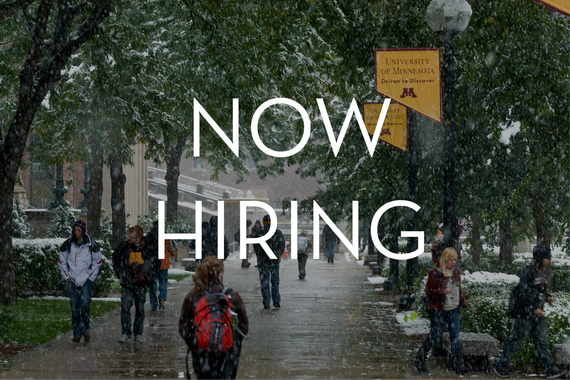Collaborative Writing Makes Better Writing in the Workplace
An idea—what is it? A seed of thought that begins to blossom in a cloud of brainstorming captured on paper, perhaps. But what happens when that idea falls short or doesn’t come to fruition? Moments like these can be frustrating for writers. However, there is an easy, and often unvalued, solution—collaborative writing.
Collaborative writing, a writing activity where two or more people pursue a common goal, is all about unifying voices and working together toward attaining that goal. The process creates a common voice, despite starting with multiple contributors with their ideas and perspectives. This can help immensely in fields where professional writing is an everyday task, from publishing to business and medical fields.
Joe Moses, a senior lecturer of writing studies, in fall 2019, introduced collaborative writing to students, faculty, and staff with workshops where they can practice these skills. “Collaborative writing is an important emerging tool for students and an aid for instructors who want to infuse more writing into their classrooms,” Moses says. These workshops offer an in-depth look into how collaborative writing works and helps a group reach common goals.
Creating a Collaborative Team
Moses and co-author Jason Tham (PhD ‘19) of Texas Tech University have formulated the big picture surrounding collaborative writing and how it can be used as a learning tool for both students and instructors. They recruited Matt Luskey and Dan Emery, from the UMN Writing Center, and faculty member Cristina Lopez, who has a lot of interest in technology, to bring their vision of interdisciplinary collaborative writing workshops into the process.
Moses and his team structured the workshops to address three broad subjects: research, scholarship, and learning.
Meet, Greet, and Collaborate
During the first two-hour workshop, Moses facilitates and fosters discussion between the participants. Moses hopes a rich mix of faculty, staff, and graduate students from “CLA and beyond” enroll in the workshops.
Many people tend to avoid group projects in fear of unequal contribution. Moses ensures shared responsibility by emphasizing positive qualities and clear expectations. “Yes, things still go wrong, but the work is showing really good progress. People are changing behaviors, and the outcome is very effective,” Moses says.
Moses stresses that the group needs to decide what is most important to them: Is it imperative to have a unified voice? How do you avoid having a hierarchical ladder in the group? He believes it is crucial to establish expectations at the beginning; this affects a person’s willingness or ability to contribute in equally diverse ways. The emphasis shifts from rank or relationships in the group and hones in on the goal: participants as collaborators on the same playing field and working toward a common goal.
A team approach requires commitment and patience; Moses believes that “in spite of the challenges, it’s worth it in the long run.”
Driven to Learn
Moses presents five learning outcomes to the groups: critical thinking, research, genre/structure, synthesis, and review/editing. The objective is for group members to challenge themselves by focusing on a learning objective about which they’re interested but not as familiar.
Before picking roles within the group, Moses asks, “How confident and interested are you in the X role?” This prompts participants to assess their abilities and interests in relation to the project and, with that in mind, they are more equipped to pick a role for themselves. Moses encourages his students to take challenging roles—“even though you didn’t score your confidence really high, that just tells your teammates that you might need some support.”
After a group member takes on more of a challenging role, Moses says they find themselves more confident in their abilities “because they learned that they knew more than they thought they did.” The conclusion of the project is a gratifying experience because not only did the participants challenge themselves academically, but they also practiced effective methods of collaboration to reach their goal.
The Gift of the Grant
Moses and his team received the Interdisciplinary Collaborative Workshop (ICW) grant, which allowed them to hire PhD student Edwardo Naverez. Navarez developed useful content for the program website and created a research plan and reporting outline, so the team can report their findings to the dean of the college. “He’s made terrific contributions to the program,” Moses says.
Receiving the grant affirmed Moses’ professional interests and made it possible for him to work with people he admires. Since Moses hopes to sustain these workshops with a teaching focus the grant serves as a source of inspiration for the future. It will enable him to widen the scope and include participants from all disciplines, so they can learn how effective collaborative writing can be in their respective fields.
The ICW grant allows for a myriad of participants to experiment writing with one another and create a story that demonstrates each of their expertise with powerful writing that reaches the audience. “The grant itself is a really interesting reflection of what the University is. It’s a diverse, inclusive, and collaborative workspace,” Moses says.
Moses recalls that during the first workshop a student said he wanted to be in Moses’ group because everyone was so energized by each other’s ideas. “I think that’s embodied in the ICW program. People look around and see so many people working together, and they say, ‘Yes, I want to do that.’”
The interview and the workshops described in this story took place in fall 2019 before the pandemic. The image used was taken in spring 2019. This story was written by an undergraduate student in Backpack. Meet the team.



